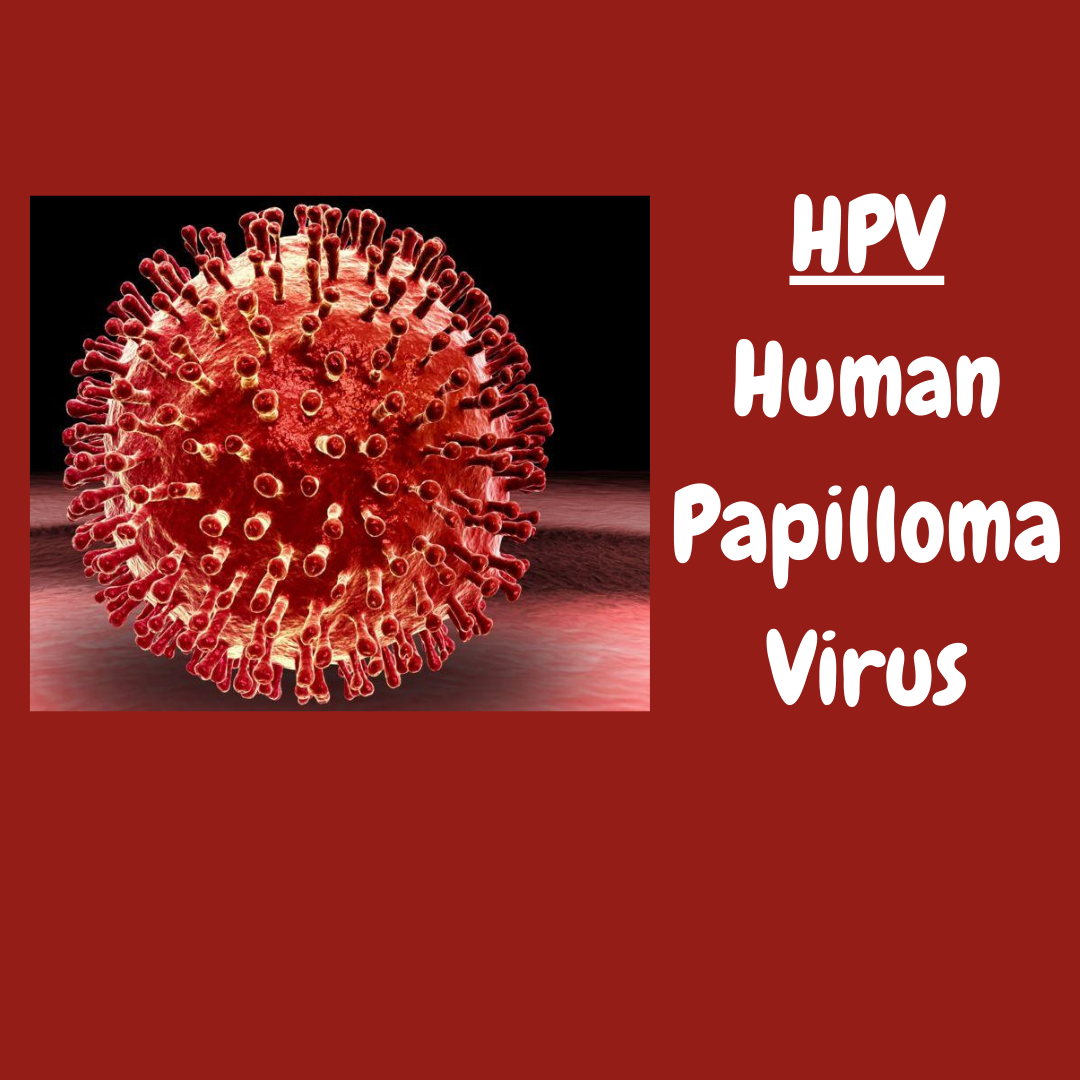Malignancy or tumor that exists in the anus is a clinical condition that experts refer to it as anal cancer. This portion is present at the end of the large intestine. The stool, which is the solid waste of the body, excretes out through the anus. It consists of muscles that help the anus to open and close so that stool may pass out from the body. Anal cancer starts with the formation of malignant cancer cells in the tissues of the anus.
The prevalence of anal cancer is higher in populations with HIV. It is one of the reasons that cases of anal cancer are on the rise in Africa. According to research, the rate of anal cancer in HIV infected women is 3.9 to 30 per million.
Furthermore, according to a research article, anal cancer cases are more deadly in the Black population. It is valid for squamous cell anal cancer that has the highest survival rate. However, in the black population survival rate for this easily curable type of cancer is also quite low.
Types of Anal Cancer
There are different types of anal cancer. The doctor defines the type of cancer–based on its stage. Anal cancer may start as a benign growth or tumor. If not treated properly, it can progress into a malignant form. Following are some of the common types of anal cancer
Precancerous Condition
This type of anal cancer starts as benign. However, with time there is a high chance that it may progress to become malignant. The two examples of these conditions include
- Intraepithelial neoplasia (AIN)
- Anal squamous intraepithelial neoplasia (ASIL)
Squamous Cell Carcinoma
This is the most common form of anal cancer that affects 9 to 10 percent of the cases. This forms in the Squamous cells that line the anal canal.
Basal cell carcinoma
This starts in the skin of the anal area and is another form of skin cancer.
Adenocarcinoma
This is a very rare type of anal cancer. It begins in the mucus-producing glands in the anus.
Melanoma
Like Basal cell carcinoma, it is another form of skin cancer that starts in the cells that produce pigment in the anal canal.


